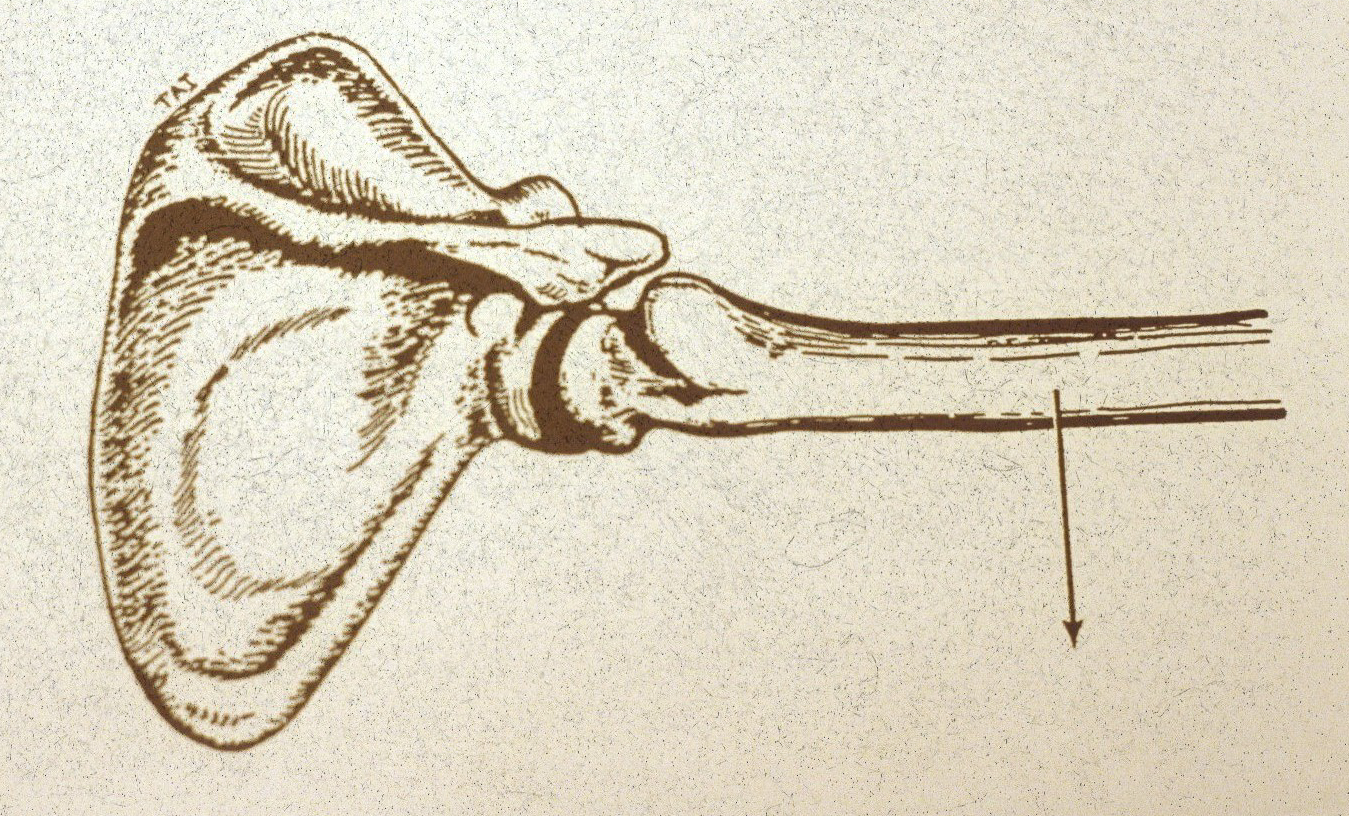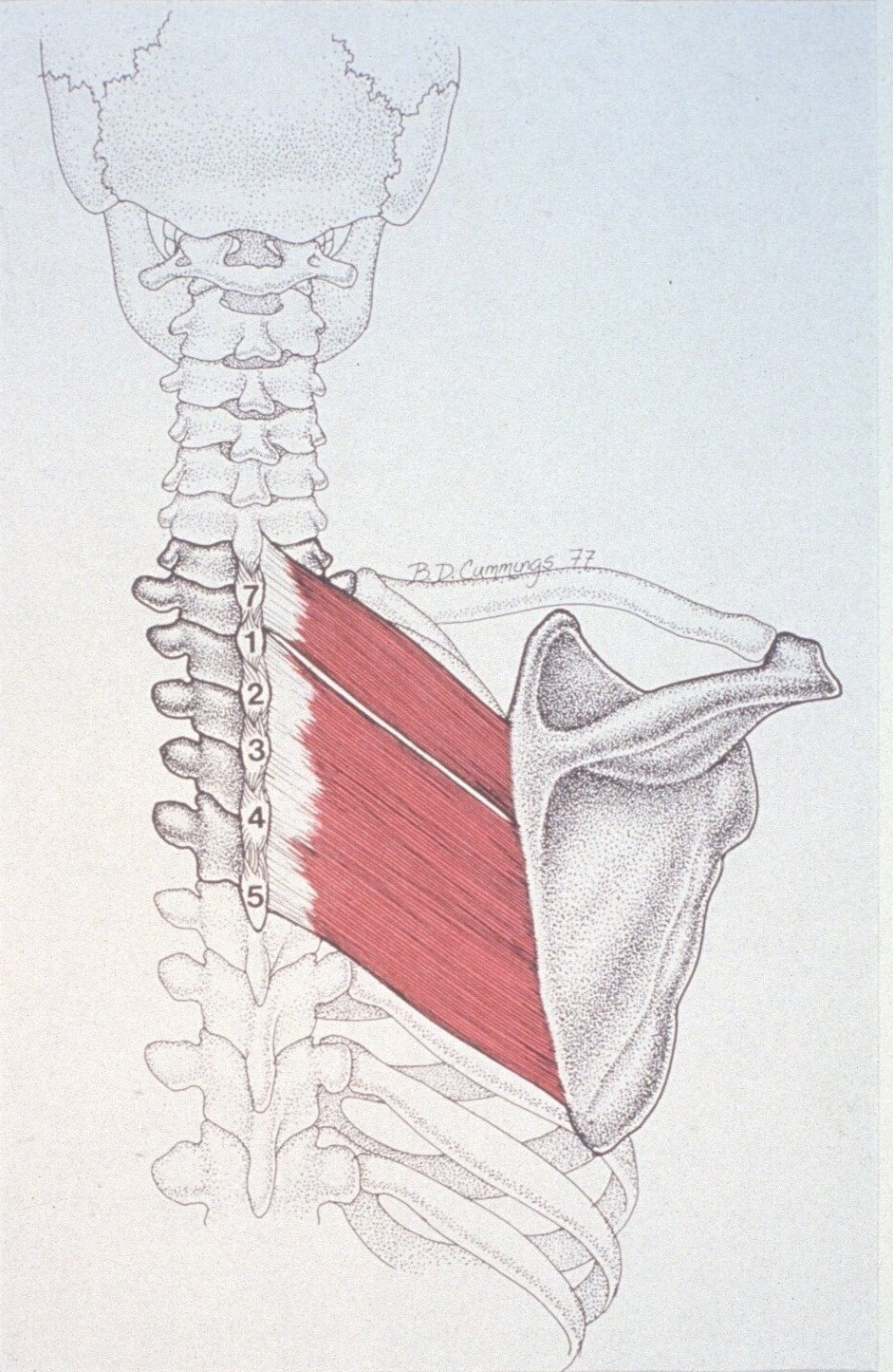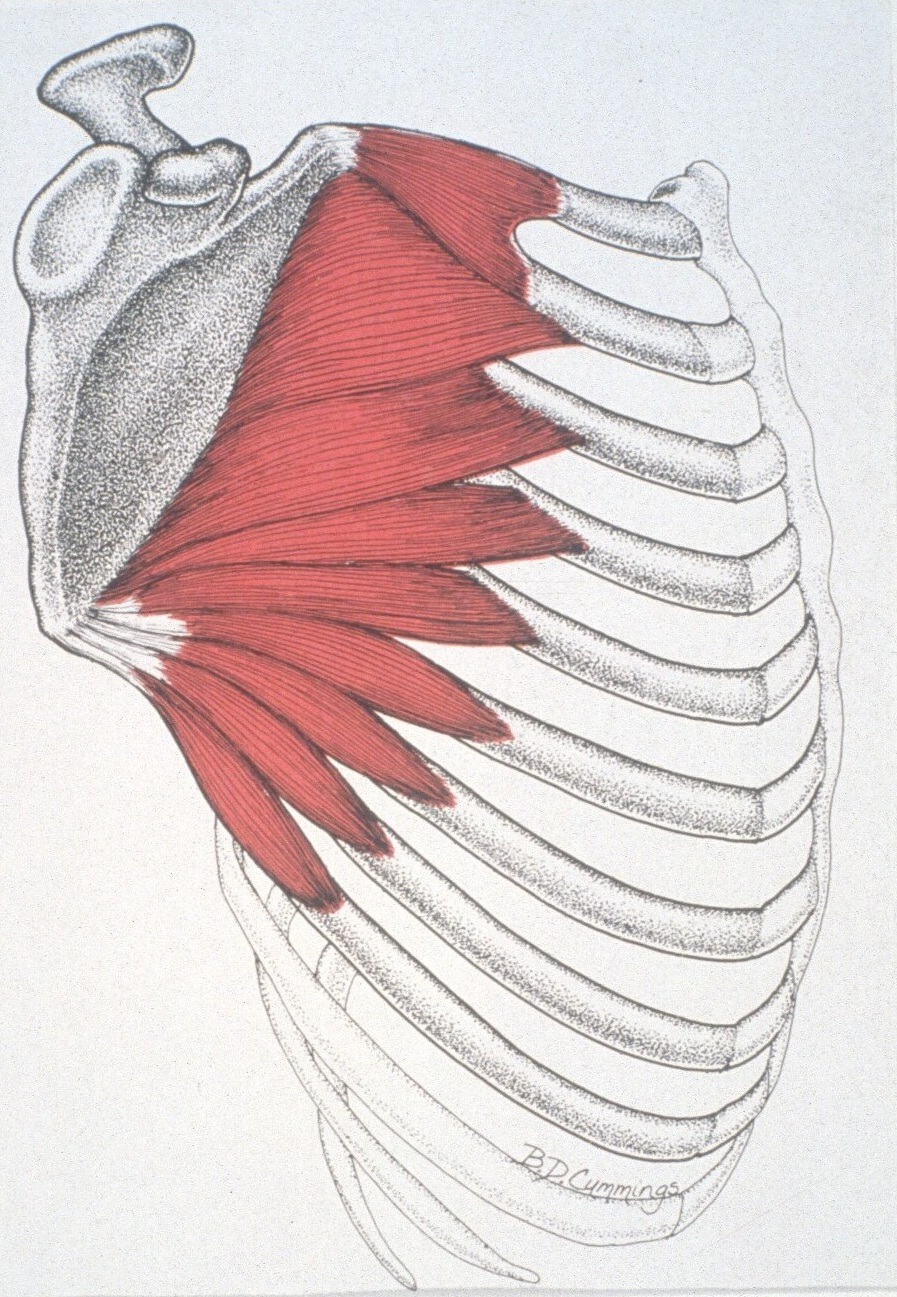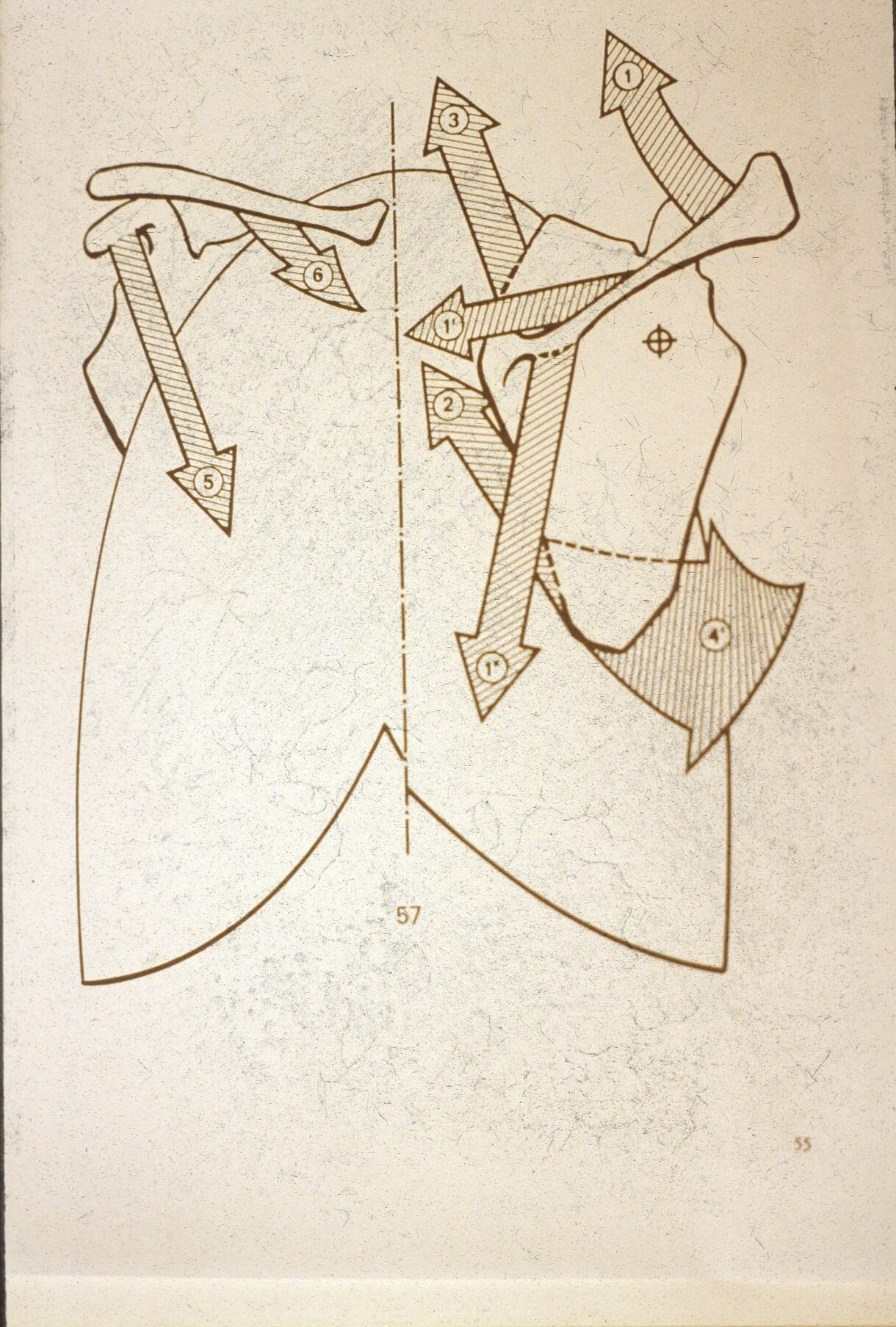Scapular stabilization and its effect on gleno-humeral joint function
One fine day, my good friend, Dan Chilcoat, P.T., and I were discussing various treatment strategies for the shoulder. I was telling him of a relationship that I had discovered, addressing serratus anterior and re-checking (muscle testing) the rotator cuff musculature (SITS). The functional integrity of supraspinatus, infraspinatus, teres minor and subscapularis may be influenced by scapular destabilization. The previous positive (weak) tests “miraculously” re-tested strong. Dan replied, “Proximal stability before distal mobility. Yes, we learn about that in school, but I had never seen it put into practice quite like that before. It makes sense and it works so fast.”
The scapulo-thoracic articulation is the "Hidden Nemesis" in many shoulder complaints. Improper feedback from proprioceptive mechanisms in this area disturbs the intricate balance of the shoulder girdle's rhythm. The price of this imbalance is often paid by the gleno-humeral and the acromio-clavicular joints. Recognizing, understanding and properly addressing this articulation will result in better harmony within the symphony of shoulder movement.
“The smooth, efficient neuromuscular scapulo-humeral action is a classic example of feedback from spindle-oriented controlled neurological activity with intrinsic reciprocal relaxation.” R. Cailliet M.D.

The gleno-humeral (G-h) joint, a shallow ball and socket joint that allows great mobility at the expense of stability, pays the price for improper neuromuscular feedback from the symphony of movement produced by the five articulations that comprise the shoulder joint complex. George Goodhart, D.C. says, “Where it hurts - it ain’t, usually." The painful arcs of arm motion at different levels of abduction may be the result of improper balance of muscular forces away from the G-h joint. Proper scapular responses to the intended arc of motion of the humerus are necessary to prevent excessive stress on the joint. The necessity of humeral head depression in arm elevation to prevent sub-acromial impingement is well documented. What may not be so obvious are the effects that structures distal to the G-h joint have on humeral head movements.
Painful arcs | |
|---|---|
| Gleno-humeral: | 0-35° |
| Subacromial:/td> | 60 - 120° |
| A-C joint:/td> | 150 ° |

In this seminar you will learn to see and feel the effects of scapular influences on your shoulder joint. You will see and feel “Where it is…it usually ain’t”. You will evaluate pre and post treatment shoulder ROMs and grip strength.
Please know the Origin, Insertion and Actions of the following muscles:
- Serratus Anterior
- Rhomboids
- Superspinatus
- Infraspinatus
- Teres Minor
- Subscapularis


I am looking forward to sharing this knowledge with you!
Thomas Liberto, LMT, Personal Trainer
For Additional Information or Scheduling:
Thomas Liberto, LMT, Personal Trainer
Lake Worth, FL 33460
Telephone: 561-420-3272
Email: thomas@libertotherapy.com